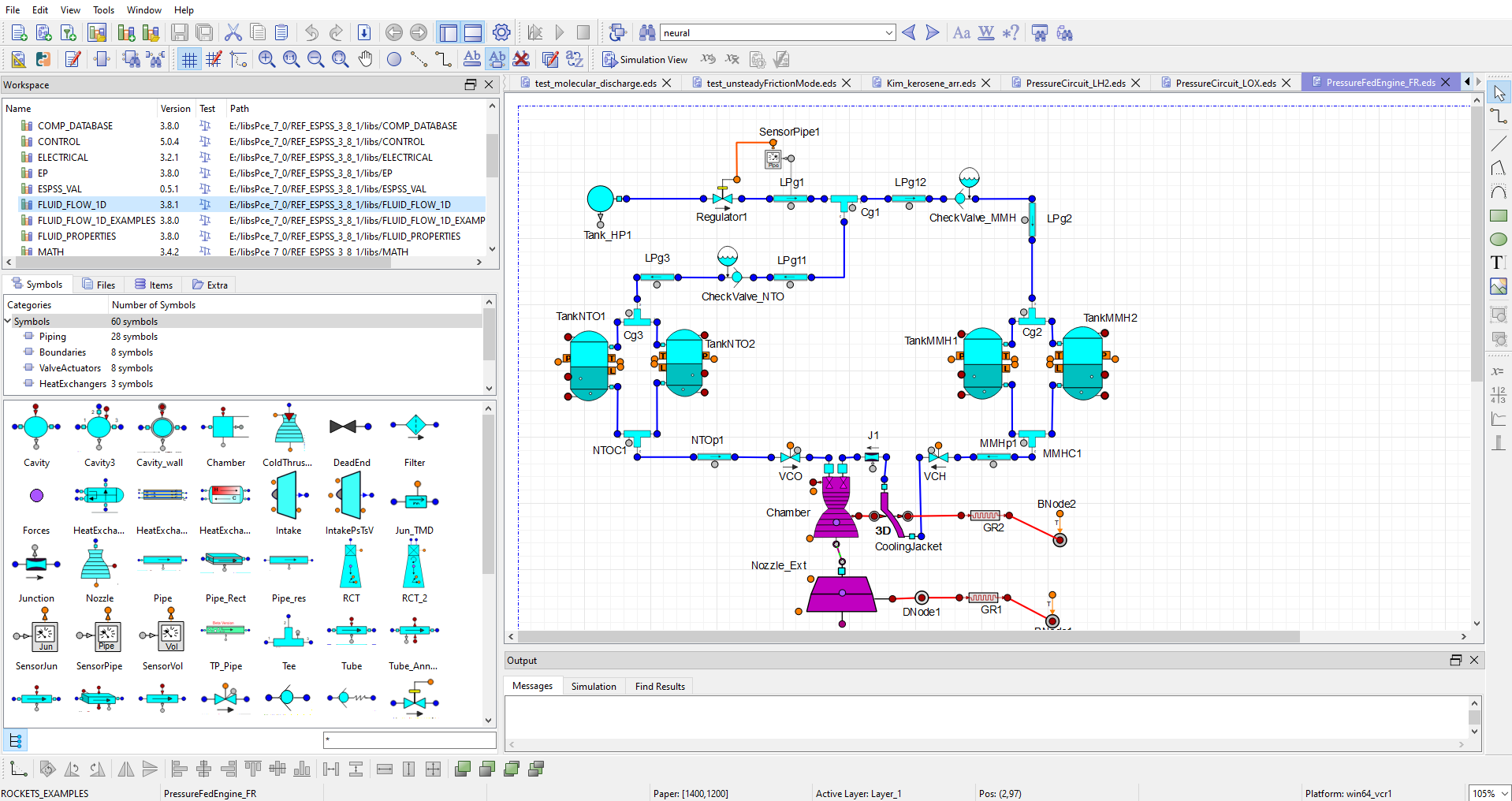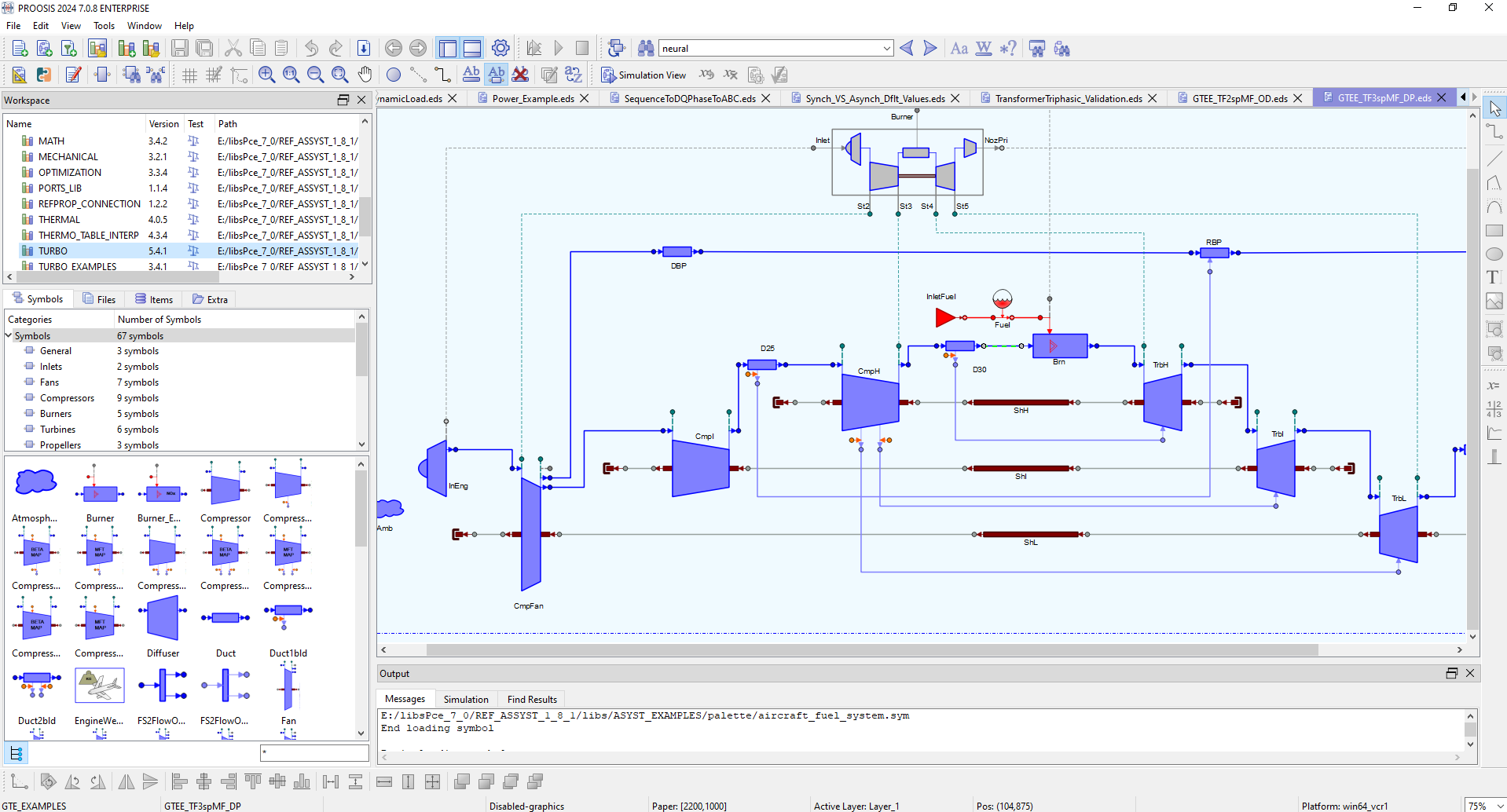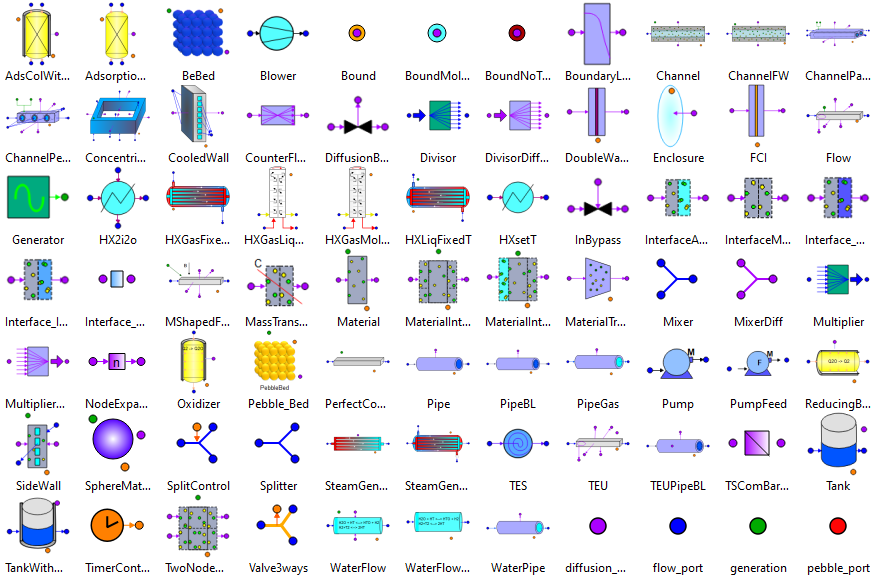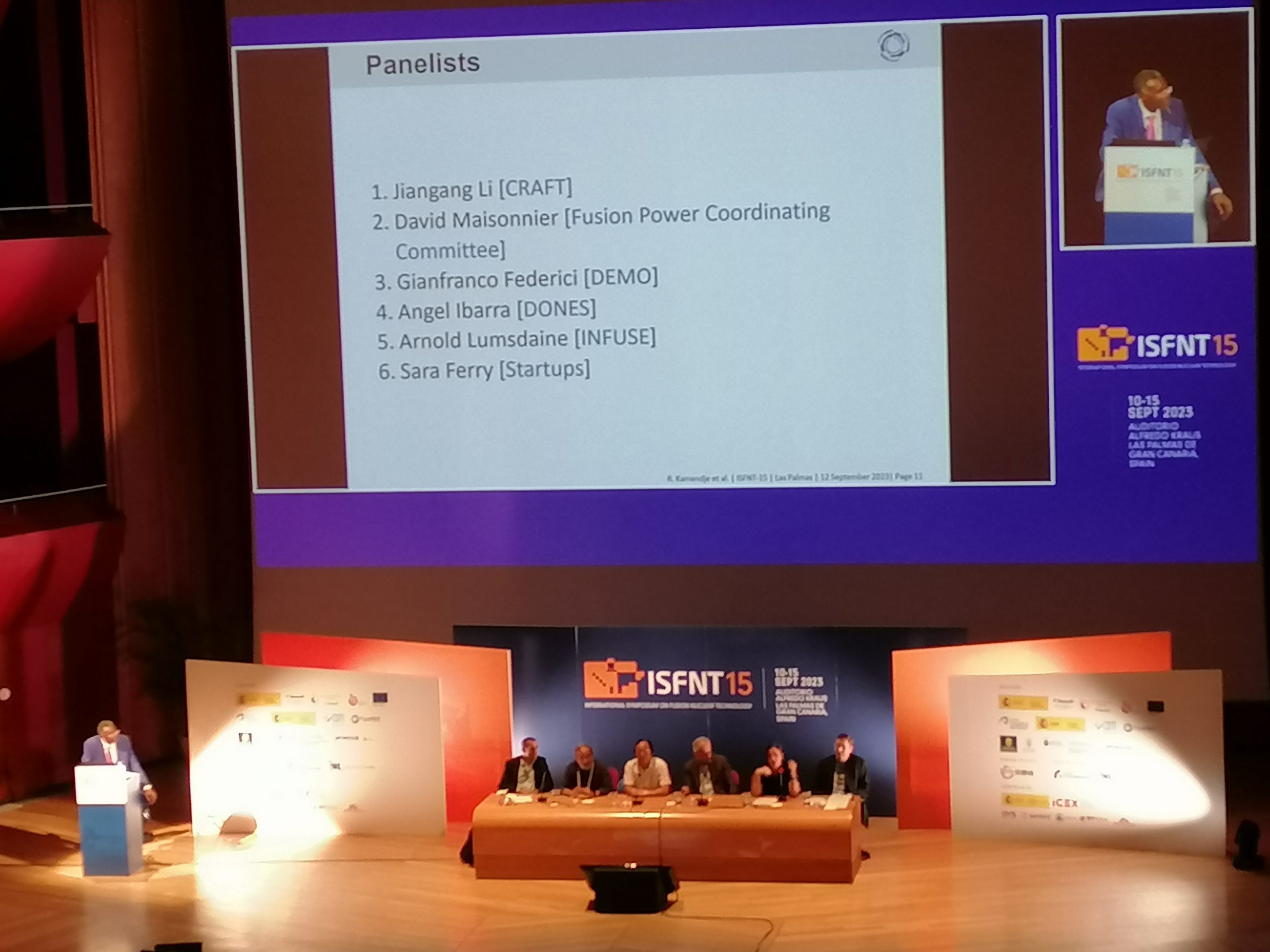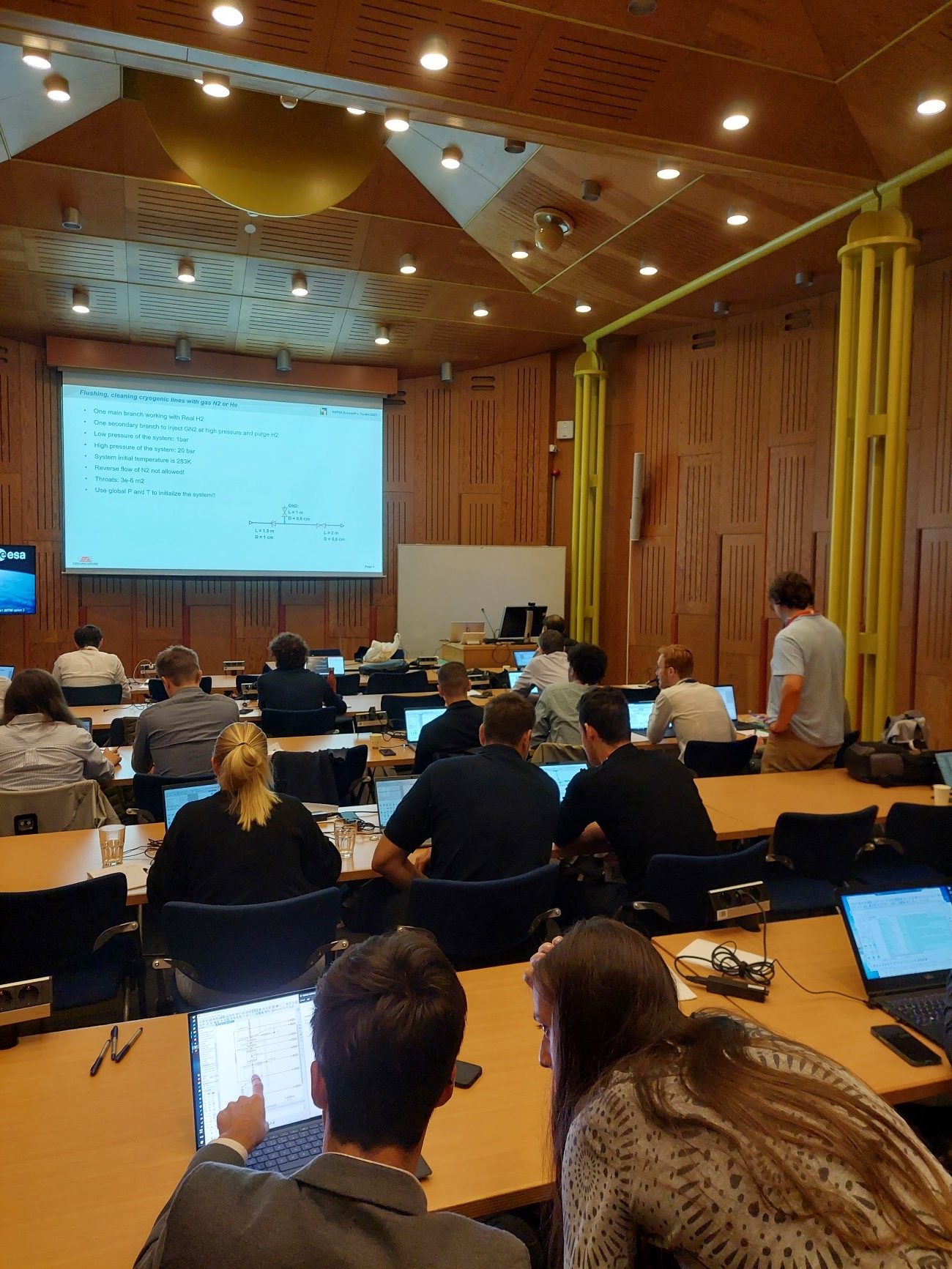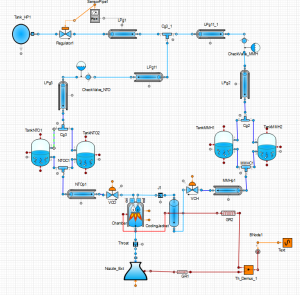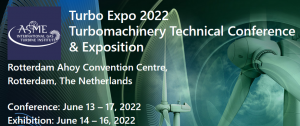Empresarios Agrupados Internacional, S.A. contributes to the advancement of the CHALUPA Project for Auxiliary Power for Zero Emission Aircraft
Madrid (Spain). Empresarios Agrupados Internacional, S.A. is proud to announce its leading participation in the development of the CHALUPA project, an ambitious effort aimed at the use of hydrogen in aircraft auxiliary power units (APU). This project, entitled “Utilization of Liquid-Based Hydrogen in Auxiliary Power Units”, has as its main objective to improve the design, modeling, simulation and manufacturing capabilities of components and subsystems, paving the way for power generation in APUs powered by liquid hydrogen.
The consortium responsible for carrying out the CHALUPA project is made up of Industria de Turbo Propulsores, S.A., Airbus Operations, S.L., Empresarios Agrupados Internacional, S.A. and BeGas Motor, S.L. The Universidad Carlos III de Madrid and the Universidad Politécnica de Madrid are also involved in this collaboration.
In particular, Empresarios Agrupados Internacional, S.A. will focus on the development of modeling and simulation tools and capabilities for the analysis of different hydrogen-powered APU architectures and their subsystems, which is a key element for the technological advancement of the project.
This important research and development eort has been subsidized by the Center for Industrial Technological Development (CDTI) within the framework of the “Aeronautical Technology Program” for the year 2023, part of the State Program to Catalyze Innovation and Business Leadership of the State Plan for Scientific and Technical Research and Innovation 2021-2023. This initiative is part of the Recovery, Transformation and Resilience Plan, financed by the “Next Generation EU” funds.
Empresarios Agrupados Internacional, S.A. reaffirms its commitment to technological innovation and environmental sustainability through its participation in cutting-edge projects such as CHALUPA, which points to a cleaner and more efficient future for the aeronautical industry.

